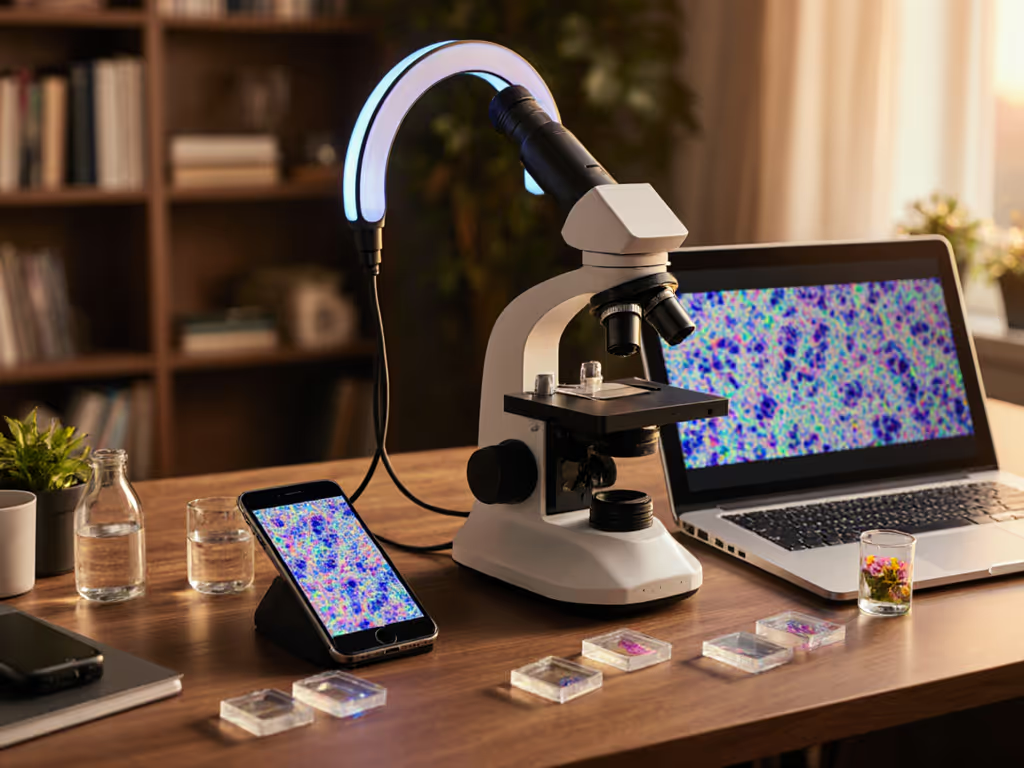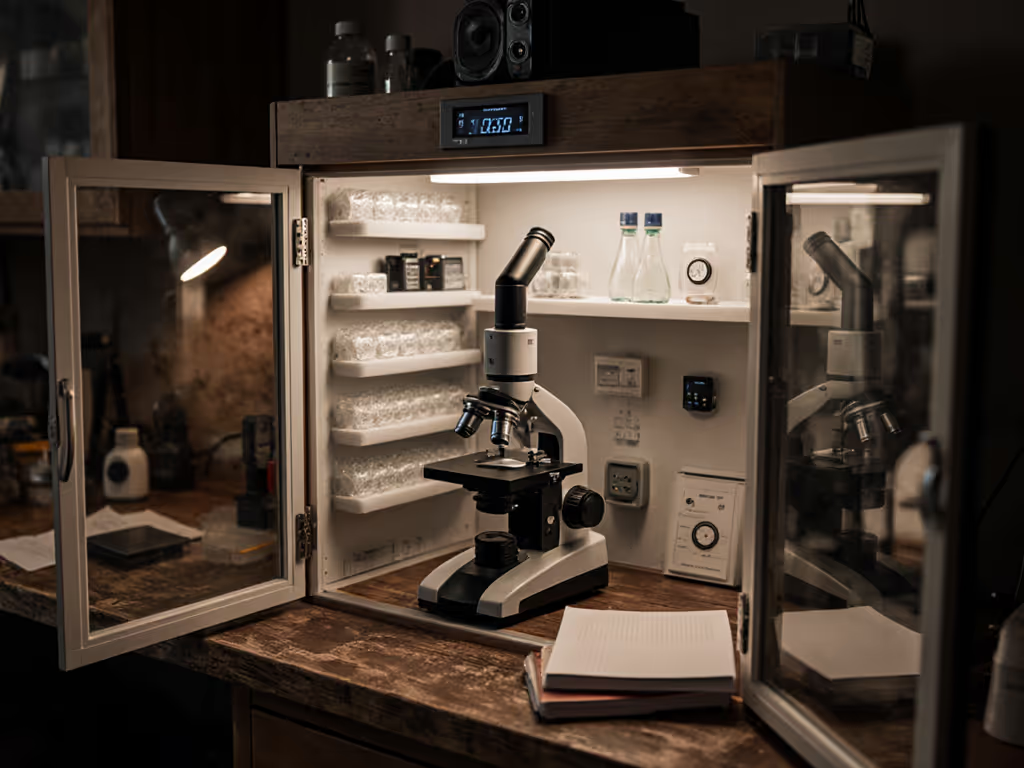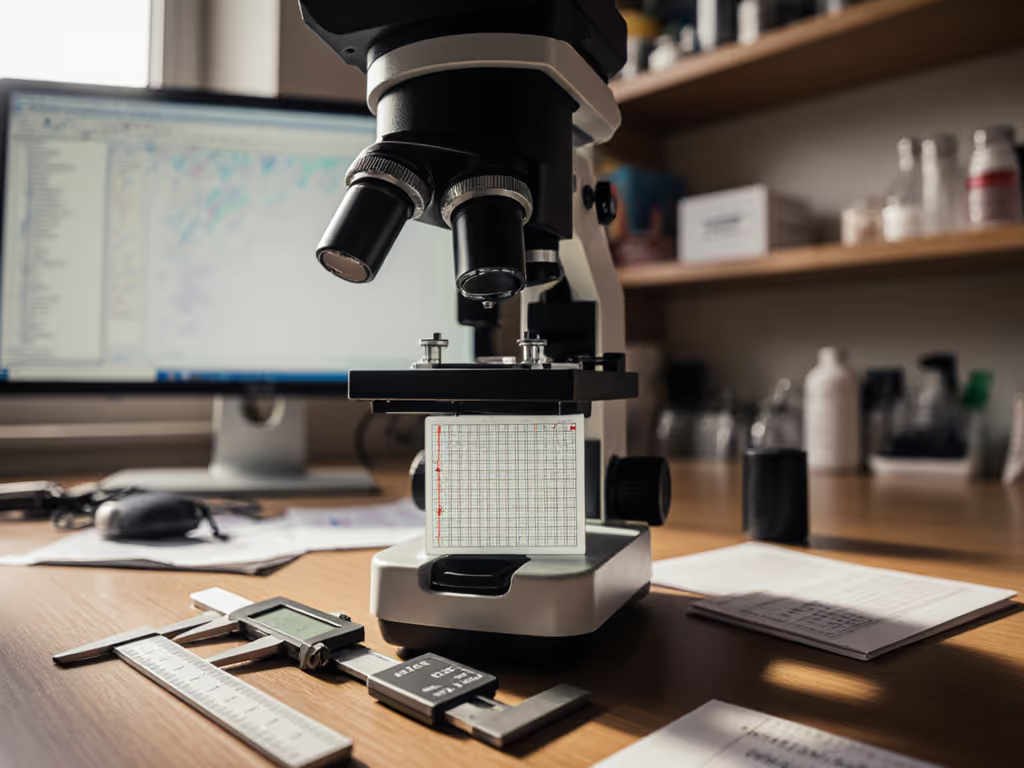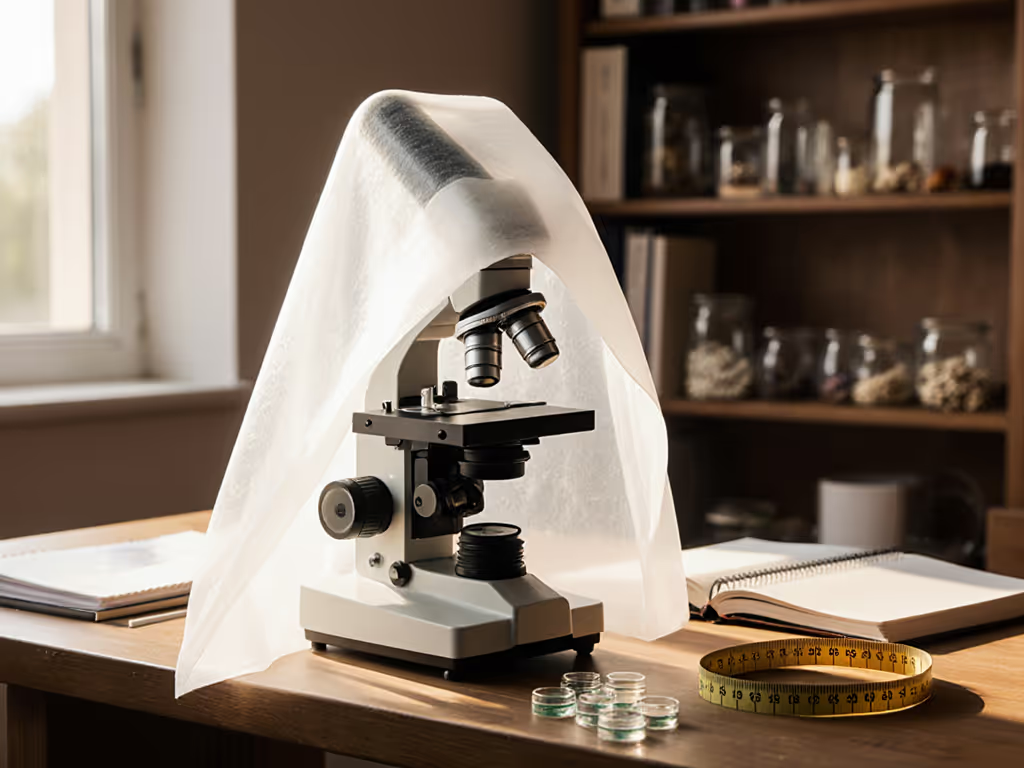
Microscope Magnification Explained: Effective vs Empty
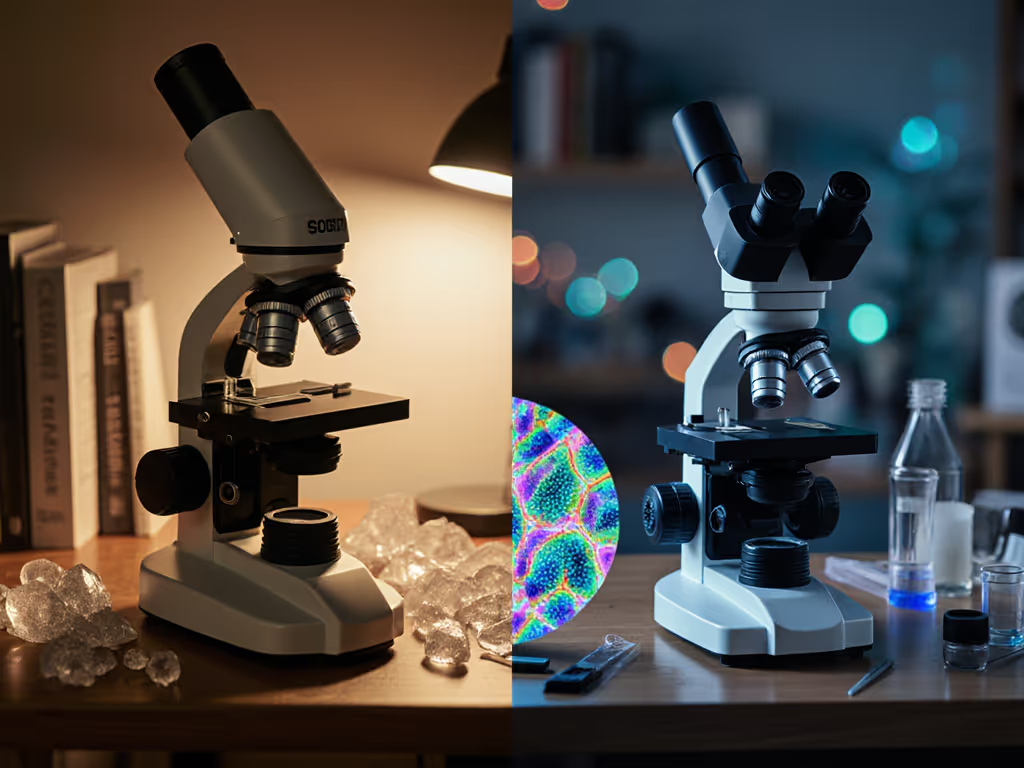
Microscope magnification promises to reveal unseen worlds, yet many hobbyists find themselves staring at blurry images where more power brings less clarity. The distinction between effective magnification and mere enlargement lies not in marketing claims but in fundamental optical physics. Understanding this difference transforms frustration into discovery, turning your existing equipment into a more capable exploration tool without unnecessary spending. When I first stacked diatoms with mismatched optics, I learned that capabilities matter more than cosmetics; chase modalities, not marketing.
What Exactly Is Microscope Magnification?
Microscope magnification results from a two-stage optical system working in concert: the objective lens near your specimen and the eyepiece lens near your eye. Contrary to common misconception, total magnification isn't magically generated by a single component (it's mathematically determined). The magnification calculation follows a straightforward multiplication:
Total Magnification = Objective Magnification × Eyepiece Magnification
For example, a 40x objective paired with a 10x eyepiece yields 400x total magnification. Modern microscopes may incorporate intermediate lenses or digital systems, but the core principle remains unchanged. This fundamental insight into optical principles helps many beginners avoid costly misjudgments about equipment capabilities.
Magnification vs. Resolution: Why They're Not Interchangeable
Magnification enlarges an image, but resolution determines how much detail you actually see. Resolution depends on the numerical aperture (NA) of your objective lens, the measure of light-gathering ability that defines how fine a detail your microscope can distinguish. A common error among enthusiasts is assuming higher magnification automatically means more detail, when in reality, pushing beyond your system's resolution limits creates empty magnification (larger but no clearer).
Modality first, then minutiae. Many hobbyists I've advised chase 1000x claims without realizing their 0.65 NA objective caps useful magnification around 650x.
What Is Empty Magnification and Why Does It Matter?
Empty magnification occurs when you exceed the useful magnification range of your optical system. While you can mechanically push magnification higher through eyepiece changes or digital zoom, physics imposes absolute limits. The wave nature of light creates a hard ceiling: the resolution limits determined by numerical aperture.
The useful magnification range falls between 500× and 1000× the numerical aperture:
- Minimum useful: 500 × NA
- Maximum useful: 1000 × NA
With a common 0.65 NA objective, the useful range spans 325x to 650x. Exceeding 650x yields only larger blur, not more detail. This understanding alone saves enthusiasts hundreds on unnecessary "high-power" eyepieces that deliver only empty magnification with their existing objectives.
How Do I Calculate My Microscope's Effective Magnification?
Determining your system's useful limits requires knowing two specifications:
- The numerical aperture (NA) stamped on your objective lens
- The magnification values of your objective and eyepiece
Let's examine a practical case. A standard 40x objective typically has NA 0.65:
- Minimum effective magnification: 500 × 0.65 = 325x
- Maximum effective magnification: 1000 × 0.65 = 650x
Your matching eyepiece should therefore produce total magnification between these values. For that 40x objective:
- 8x eyepiece = 320x (slightly below minimum)
- 10x eyepiece = 400x (optimal)
- 15x eyepiece = 600x (still useful)
- 20x eyepiece = 800x (empty magnification)
This precise magnification calculation reveals why many standard microscope kits include 10x or 15x eyepieces rather than higher powers. For a deeper dive into choosing magnification and field of view, see our wide-field vs standard eyepieces guide.
What Optical Principles Govern These Limits?
Light behaves as both particle and wave, and this wave nature creates the fundamental barrier to resolution. When light waves pass through small specimen details, they diffract (spreading out rather than traveling in straight lines). The numerical aperture determines how much of this diffracted light your objective can capture.
Without sufficient NA to capture these diffracted waves, no amount of additional magnification can reconstruct the missing information. This isn't a limitation of your specific microscope; it's a universal constraint of optical physics. I've seen perfectly maintained research-grade microscopes hit this wall; the difference is that researchers understand these optical principles and work within them rather than against them.
How Can I Maximize Effective Magnification Without New Equipment?
Before shopping for higher-power eyepieces, consider these pragmatic interventions:
- Optimize illumination: Proper Köhler illumination can improve resolution by 20-30% without changing magnification
- Clean optics: Smudges or dust scatter light, reducing effective resolution
- Use immersion media: For oil-immersion objectives (typically 90-100x), proper oil matching doubles effective resolution
- Control specimen preparation: Thin sections (<0.1 mm for transmitted light) minimize scattering
- Adjust condenser: Many hobbyists leave condensers at factory settings; optimizing aperture improves resolution
Years ago, while borrowing a monochrome camera with a budget adapter, I discovered that properly tuned illumination with the right filter dramatically improved effective magnification. Capability expansion often costs less than assumed.
Does Digital Magnification Solve These Problems?
While digital magnification via microscope cameras or smartphone adapters extends viewing options, it cannot overcome fundamental resolution limits. Pixel interpolation creates the illusion of more detail but introduces artifacts. True digital enhancement requires sufficient optical resolution before magnification, hence the "Nyquist criterion" recommending at least 2.3 pixels per resolvable feature.
For digital work, ensure your optical system delivers sufficient resolution before magnifying digitally. The camera sensor becomes part of your optical chain, creating new compatibility considerations. Many affordable camera adapters work well within actual resolution limits, but none can create information lost at the optical stage.
Practical Takeaways for Serious Hobbyists
Understanding effective magnification transforms microscopy from guesswork into a reliable discovery tool. Rather than chasing maximum magnification numbers, focus on matching components within your system's useful range. Document your settings meticulously when you capture compelling images. This creates a personal reference that beats marketing claims every time.
The most rewarding microscopic observations often happen within moderate magnification ranges where resolution and contrast work together. I've spent hours examining pond water at 100x, discovering intricate behaviors invisible at higher powers where depth of field vanishes.
Further Exploration: Try this practical test: observe a prepared slide with both 10x and 20x eyepieces on the same objective. Note where additional magnification reveals new detail versus merely enlarging blur. Document your findings with consistent lighting and specimen positioning. Share your results in microscopy forums using #EffectiveVsEmpty to compare notes with other enthusiasts exploring this fundamental principle.


